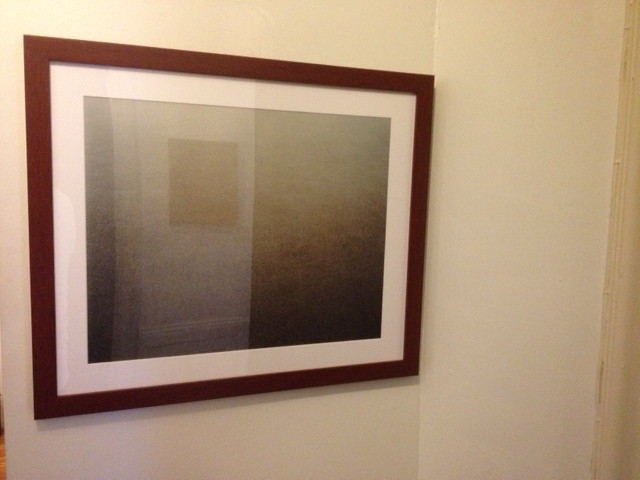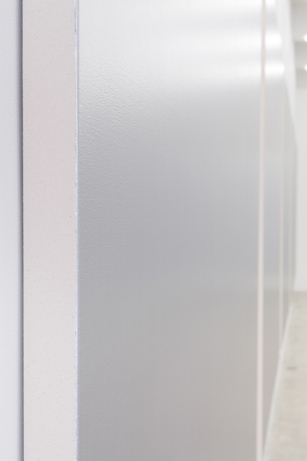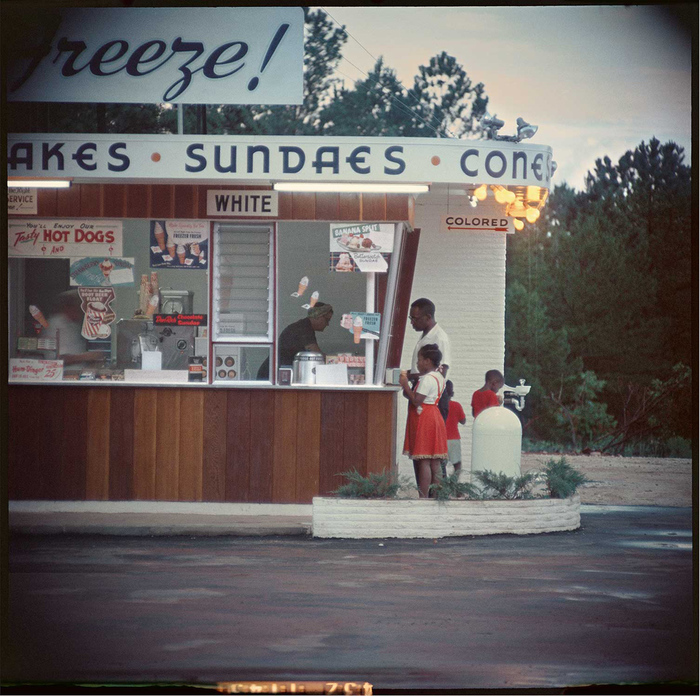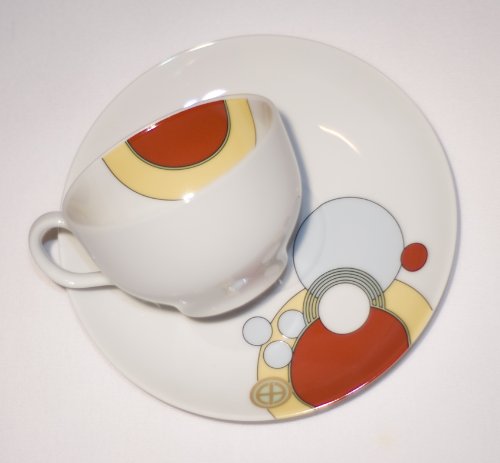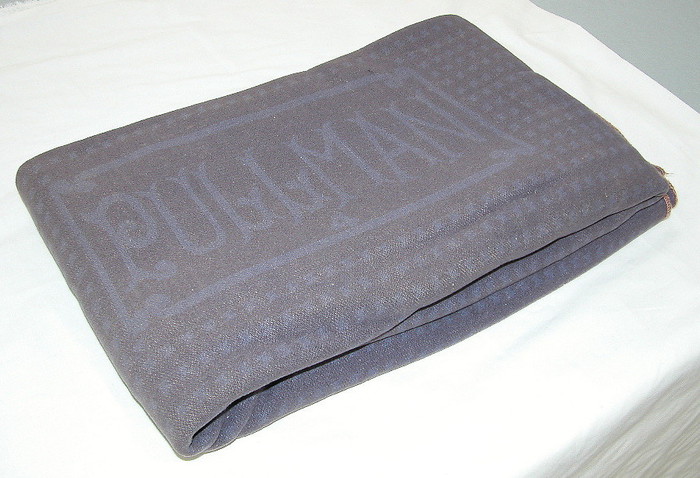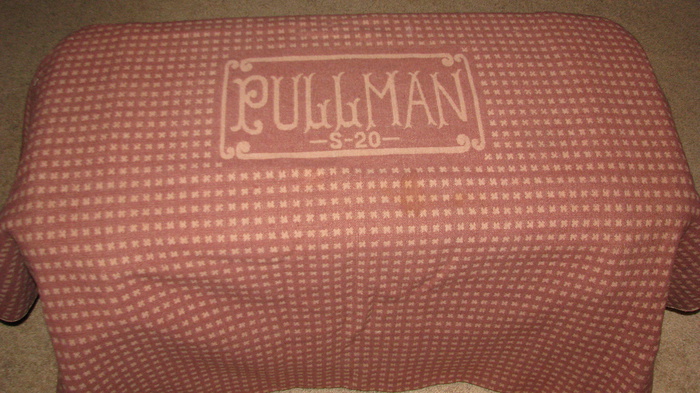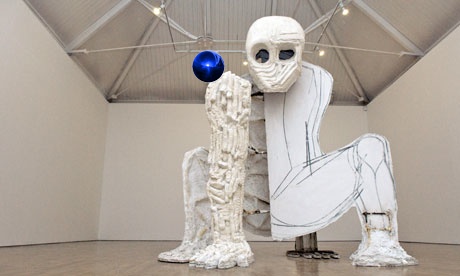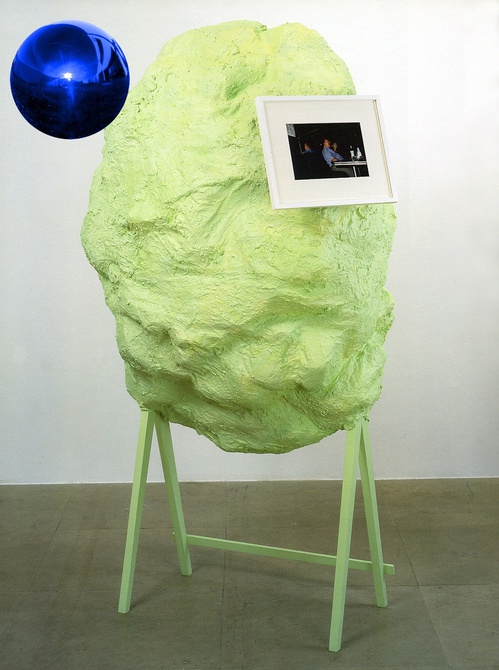It's taking longer to gather these things together, but I just found another fascinating statement-as-question from the Q&A session of a panel discussion. This time, it's "Fractures of the Civilization," a discussion by composer/philosophers C.C. Hennix and Henry Flynt, along with John Berndt, held in June 2013 at the Goethe Institut in NYC. The talk was organized in conjunction with a realization of Hennix & Flynt's 'The Illuminatory Sound Environment" at ISSUE Project Room.
I've been a fan of Flynt's music for quite a while, but in the last couple of years I've also tried to step up my engagement with his writings, his talks, his ideas. I must say, it's exasperating; there's real genius and groundbreaking thought, action and insight there, but Flynt's a maddening interviewee, and even more frustrating on a panel. My operating theory is that he's been not listened to for so long, he can't but vent. And his views often have that determined, hermetic brittleness of someone who's had to figure out the world and what's wrong with it by himself. His far-ranging intellect and the rapid vigor with which he makes leaps and pronouncements makes it basically impossible for anyone to ask a follow-up question, or to challenge or probe something further.
My hope is that someone smart enough and well-versed enough will go deep with him on the art and music where his contributions are still only feebly understood. Anyway.
ISSUE Project Room's video of the talk is here; the question comes at around 1:19:00:
There's like this thing that I think about sometimes--
oh, thanks [gets mic]
There's this thing that we--about the Cold War, Progress science in the 20th century, there's this fight between the superpowers in order to get to some,
you know, higher place
to prove some sort of animalistic thought
When that fell apart with the end of Communism,
with this idea that,
you know, Capitalism,
Neo-liberalism's gonna go all through the world
people don't have this thing to fight against, as far as this race,
we've kind of--
the science that we have--
the futurism that we've come to
it's very social and helpful,
but it's not the futurism that we had in the 60s and 70s that idea of what we'd be like
now.
So there's this need
or something
for these
you know people,
Futurist Transhumanists,
to fill in this blank area, that's sort of this faith area that I think you're talking about
where,
you know
they're taking this place of--
basically we work more, as humans now
at some point they thought
robots were gonna
DO most of the work
And people were actually worried
what the lower classes are going to do with all their free time.
But apparently, we work more
than we did in the 60s and 70s,
at least in this country.
So there's this, like,
WANT
for
something to happen with futurism,
this futurism that might be based on a science fiction or something, but
essentially these people are running away with it
and it captures people like a relgious-type
experience.
So I just wanted to say
what do you have to say about that?
Previously: 'I'm going to fail,' or Protocols of Participation

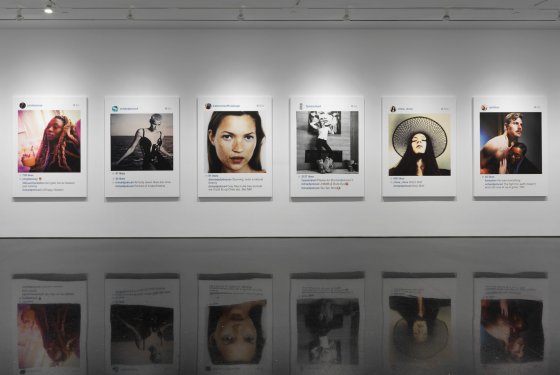

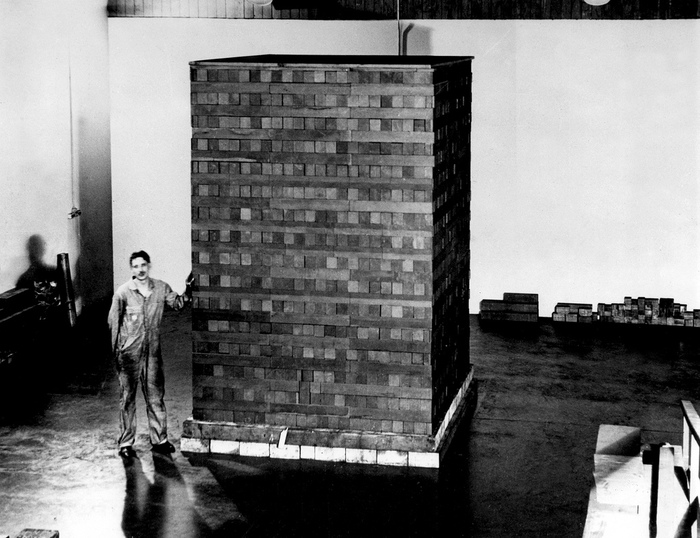
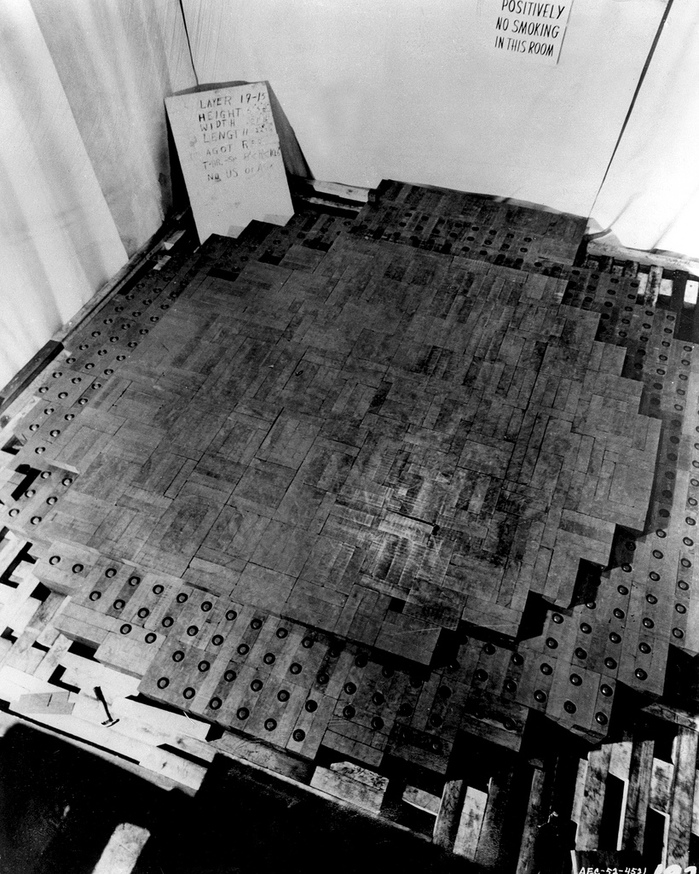
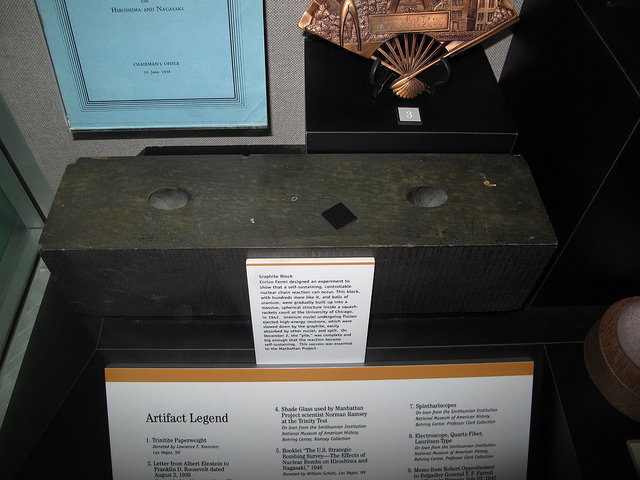
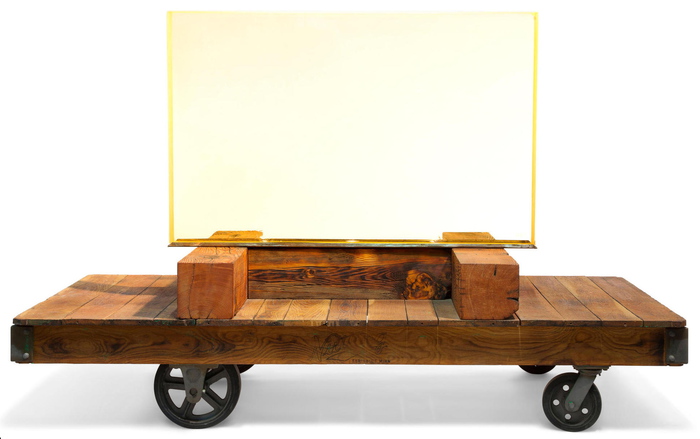

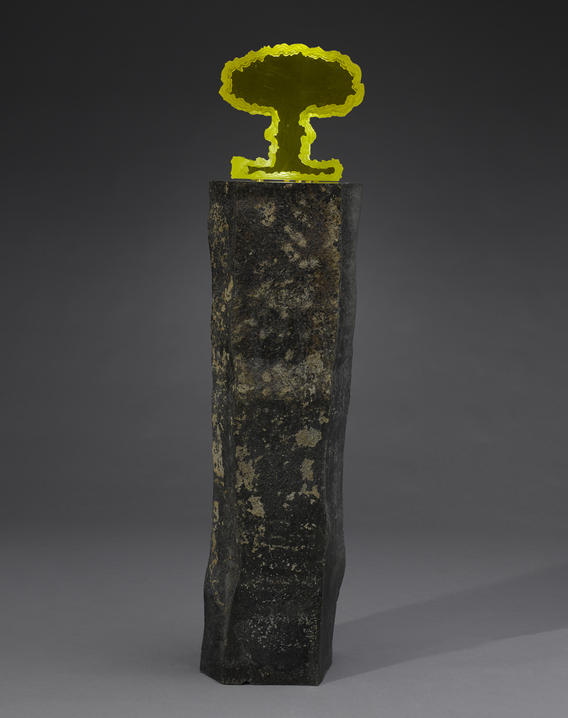
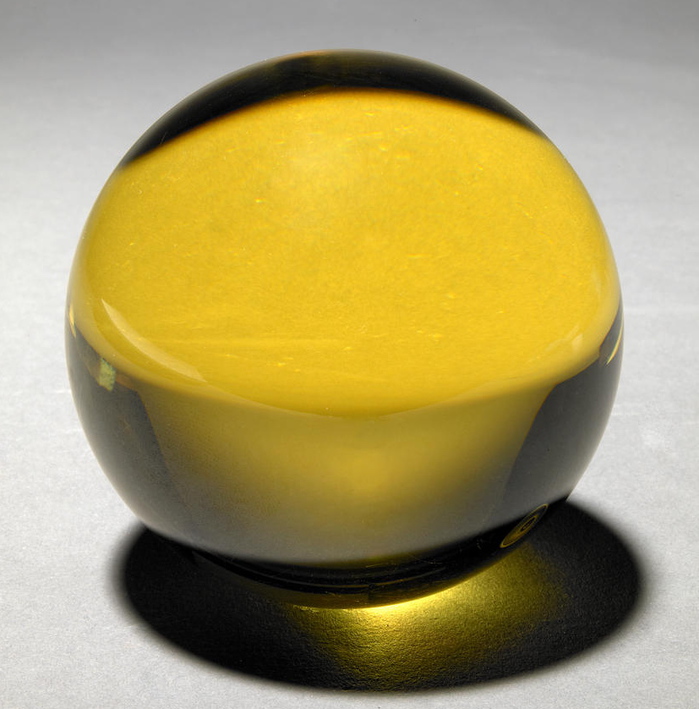
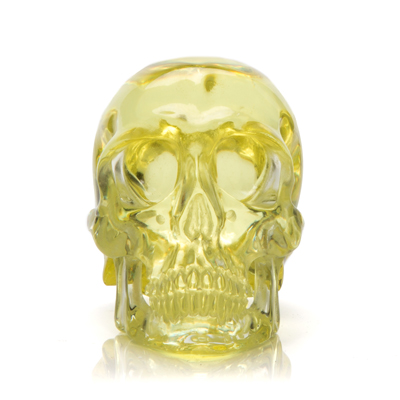
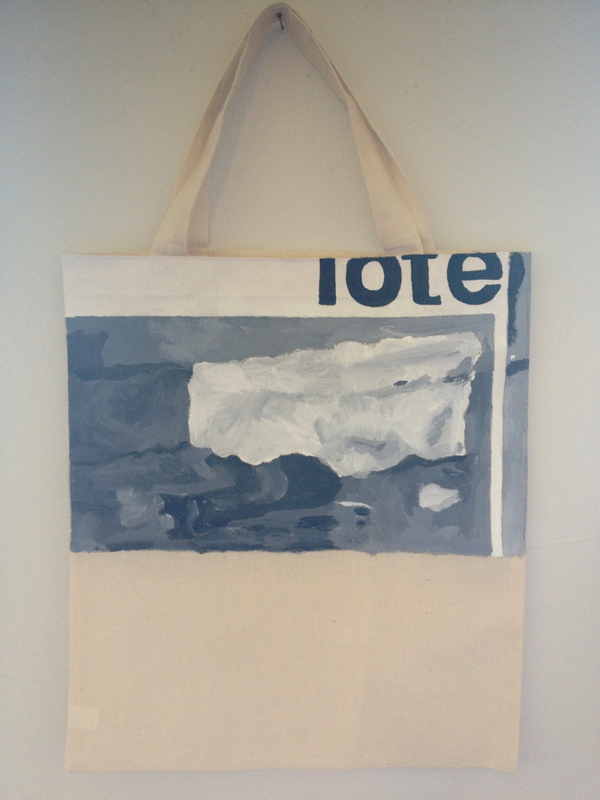



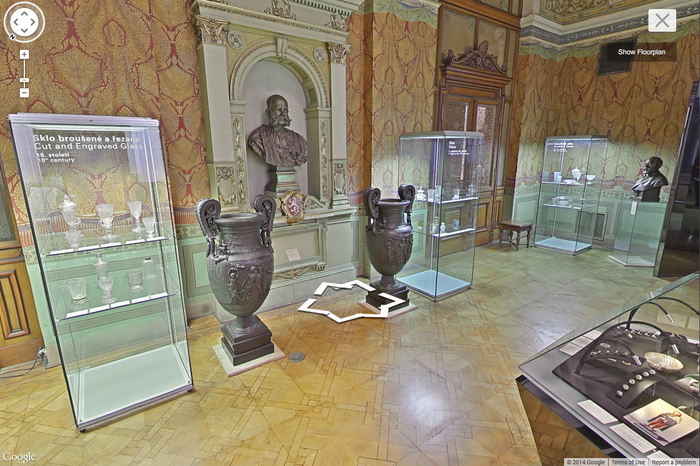
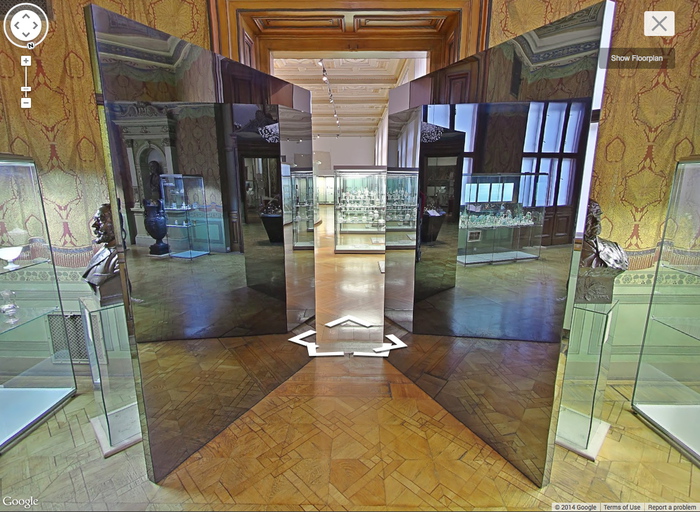
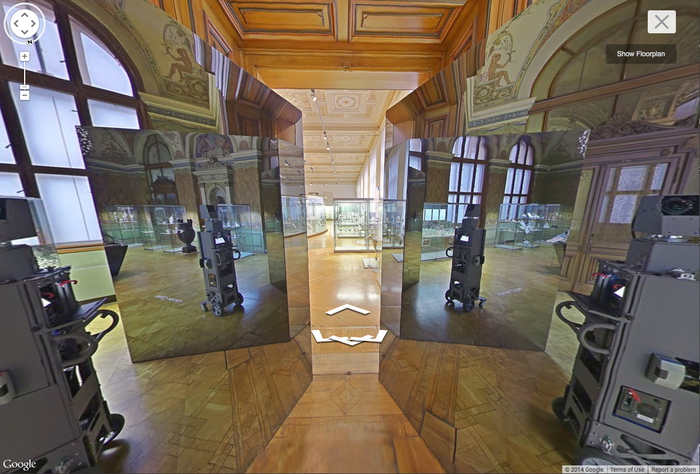
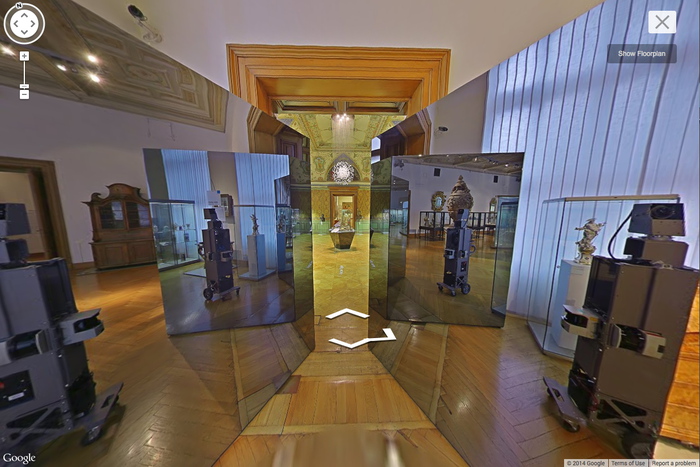

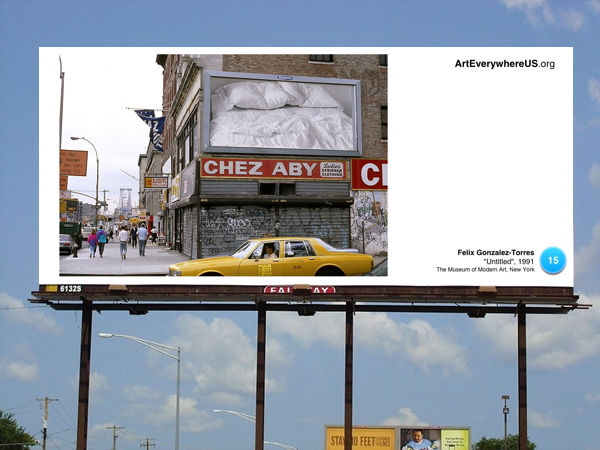

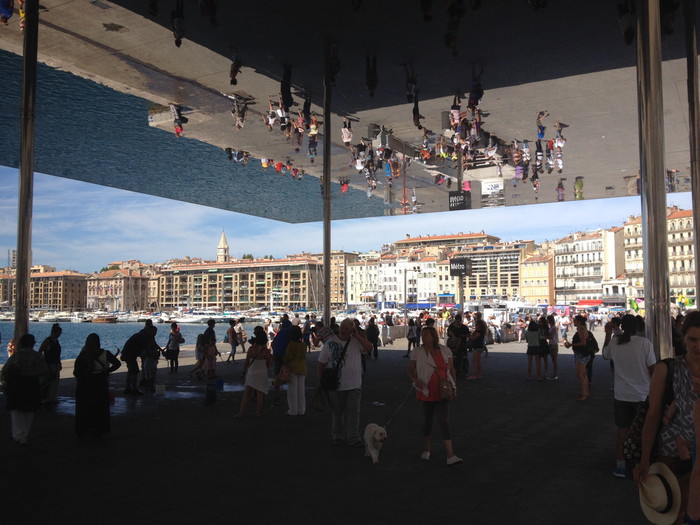
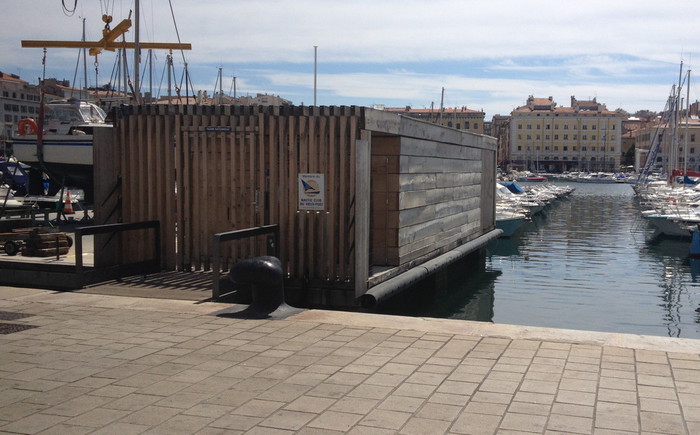
 oy, is this a mess, and the reporting about it is not helping. As the English-speaking art world has learned in the last week or so, Dutch collector Bert Kreuk is suing Danh Vo for around EUR900,000 ($US1.2m) for failing to deliver a $350,000 installation commissioned for a show of Kreuk's collection at the Gemeentemuseum in The Hague last summer.
oy, is this a mess, and the reporting about it is not helping. As the English-speaking art world has learned in the last week or so, Dutch collector Bert Kreuk is suing Danh Vo for around EUR900,000 ($US1.2m) for failing to deliver a $350,000 installation commissioned for a show of Kreuk's collection at the Gemeentemuseum in The Hague last summer.